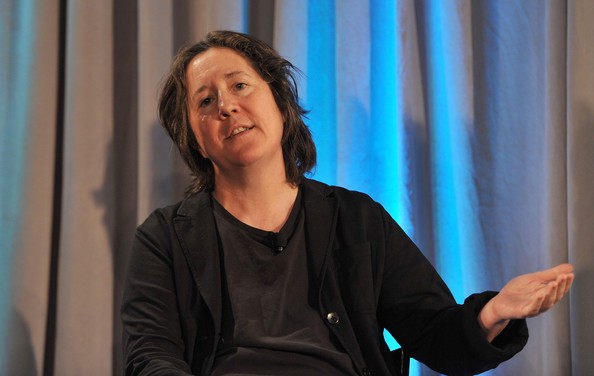Legendary indie producer Christine Vachon celebrated the 20th anniversary of her production company Killer Films — now known as Killer Content — with a keynote at this year’s SXSW. Among the various topics that she touched on was the continued difficulty of getting investors on board projects with female protagonists, even when four-time Oscar-nominated actresses are involved.
“Female-driven dramas are tough,” Vachon stated. “Even on ‘Still Alice’… when you get somebody like Julianne Moore [who won the Best Actress Oscar for her film], financiers are like, ‘Who’s going to play her husband?’ That seems to be endemic. It’s changing more rapidly in other platforms. TV has already left us in the dust. Women are extremely prolific in those fields.”
Female representation isn’t the only area in which television is outpacing the movies, according to Vachon. “Indies have become more risk adverse…. ‘We’re not going to take a chance on that new actor’ or ‘that story’s too much of a downer,’ etc.… Those are the rooms I sit in; those are the frustrations I’m dealing with. As [film] is pulling back, TV is like, ‘We will!’ as long as it’s a fresh voice. That kind of originality seems to have moved over.” She singled out Kimberly Peirce’s “Boys Don’t Cry” as a film that might suit today’s landscape of daring small-screen projects. “Maybe we’d make it as a miniseries,” she said.
Vachon also had some hard-earned advice for aspiring filmmakers and storytellers: “I think a lot of people come into the workforce with very pre-existing ideas of what they want to do in film: direct, write produce, etc. They only do things to advance that goal. In fact, in storytelling, one of the most amazing things is there are so many different creative ways to be involved in how movies, television, whatever, are put together. What I always tell people is just walk through the doors that open for you. If you thought you wanted to work in narrative, but you get offered a job in documentary, just take it, because then you’re in the world. It just exposes you to a lot of the different ways these stories are being told.”






